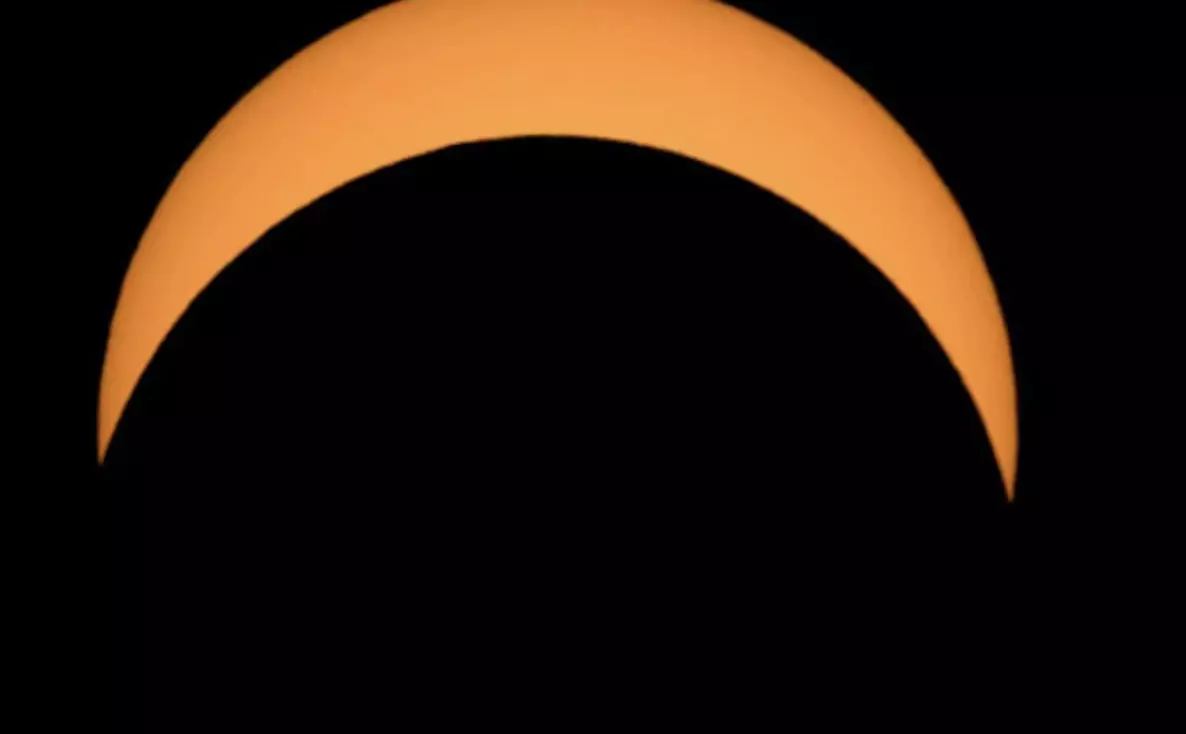Spectacular partial solar eclipse set to grace the skies on March 29, 2025
Spectacular partial solar eclipse set to grace the skies on March 29, 2025

Skywatchers are in for an unforgettable celestial show as a partial solar eclipse is set to take place on March 29, 2025. Following a total lunar eclipse just weeks earlier, this event promises to captivate stargazers across parts of the northeastern United States and Canada. As the moon partially obscures the sun during sunrise, observers will witness a stunning crescent-like effect in the sky.
Unlike a total solar eclipse, where the moon completely covers the sun, a partial eclipse allows a portion of the sun to remain visible, creating a unique and mesmerizing viewing experience. This event will be seen by over 800 million people worldwide, making it one of the most widely observed astronomical occurrences of 2025.
Where and When to Watch the Solar Eclipse in the US: Key Locations and Timings
According to Space.com, the partial solar eclipse will occur between 4:50 a.m. and 8:43 a.m. Eastern Time (ET). The eclipse will be best visible at sunrise in several states across the northeastern U.S. and parts of Canada. For optimal viewing, here are the times and locations in the U.S. to catch the event:
New York: 6:35 a.m. to 7:12 a.m.
Massachusetts: 6:27 a.m. to 7:08 a.m.
Maine: 6:13 a.m. to 7:17 a.m.
Pennsylvania: 6:46 a.m. to 7:08 a.m.
New Jersey: 6:43 a.m. to 7:06 a.m.
Virginia: 6:50 a.m. to 7:03 a.m.
Additional states where the eclipse will be visible include Connecticut, Delaware, Maryland, Rhode Island, New Hampshire, Vermont, West Virginia, and Washington, D.C. However, local weather conditions will play a significant role in determining visibility, so clear skies are essential for the best viewing experience.
What is a Partial Solar Eclipse?
A partial solar eclipse occurs when the moon moves between the Earth and the sun, but its alignment is not perfect, so only part of the sun is obscured. This creates a striking crescent-shaped visual effect as the moon appears to "bite" into the sun. While partial eclipses do not cause the complete darkness of a total eclipse, they remain fascinating to witness. Observers can expect sharper shadows, a drop in temperature, and even changes in animal behavior during the peak of the eclipse.
Safety Tips for Viewing the March 2025 Solar Eclipse
Unlike lunar eclipses, which are safe to watch with the naked eye, solar eclipses require special eye protection. Looking directly at the sun, even during a partial eclipse, can cause serious damage to the eyes, a condition known as "eclipse blindness."
To safely view the eclipse, experts recommend using:
Eclipse glasses that meet ISO 12312-2 safety standards
Solar viewing filters
Indirect viewing methods, such as pinhole projectors
Standard sunglasses do not provide adequate protection and should never be used for eclipse viewing. Be sure to check for certified eclipse glasses to ensure safe and enjoyable observation.
Frequently Asked Questions about the Solar Eclipse
1. When and where will the March 29, 2025, solar eclipse be visible?
The eclipse will occur between 4:50 a.m. and 8:43 a.m. Eastern Time (ET), with the best visibility at sunrise across the northeastern United States and parts of Canada.
2. What is a partial solar eclipse?
A partial solar eclipse occurs when the moon blocks only a part of the sun, leaving a crescent-like shape visible. It differs from a total solar eclipse, where the moon completely covers the sun.
3. How can I safely watch the solar eclipse?
To safely view the eclipse, use certified eclipse glasses, solar viewing filters, or indirect viewing methods like pinhole projectors. Never use regular sunglasses.
4. Why don't solar eclipses occur every month?
Solar eclipses are rare due to the tilt of the moon's orbit. The moon, Earth, and sun only align perfectly at specific times, causing eclipses to happen occasionally.
5. Will the eclipse cause noticeable environmental changes?
Yes, during the eclipse, observers may notice a slight temperature drop, sharper shadows, and changes in animal behavior as the sunlight dims. These effects are caused by the reduced sunlight impacting the atmosphere and environment.
Don’t miss this chance to witness one of 2025's most exciting astronomical events—mark your calendars and get ready to experience the magic of the March 29, 2025, partial solar eclipse!

